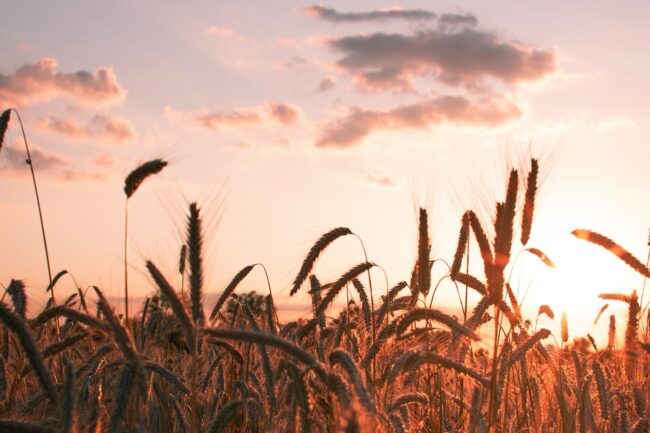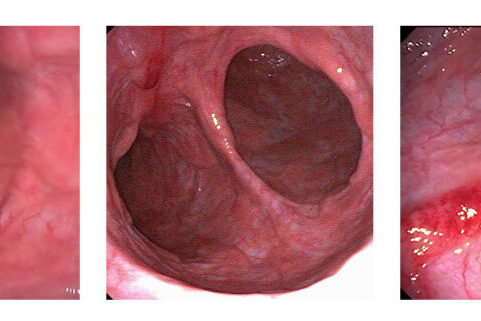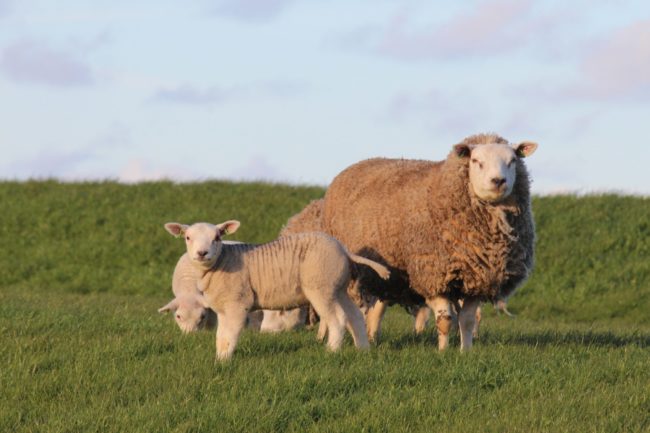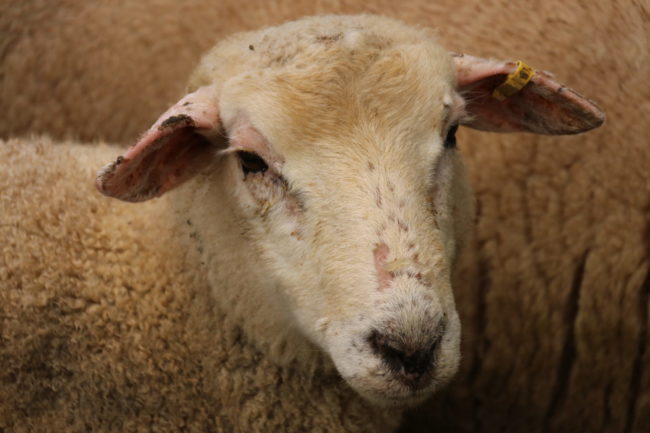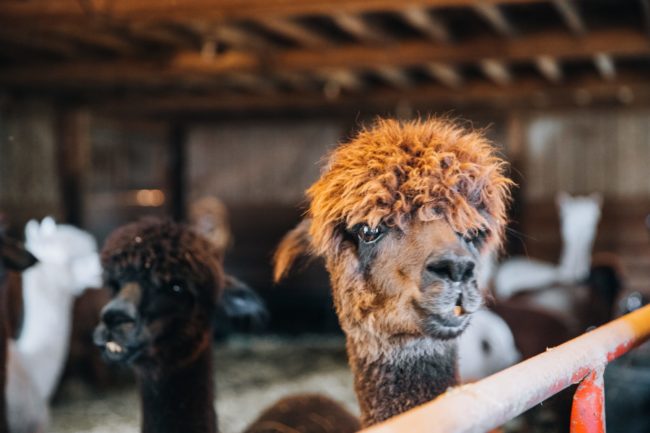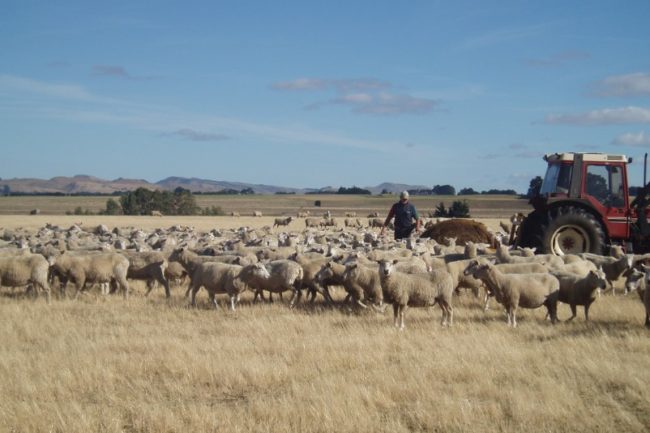An Easter warning for your pet
While overindulging during the Easter period may result in a few extra kilograms for us, the consequences for our pets are much greater. The accidental ingestion of chocolate can lead to serious illness or even death for our beloved companions. Chocolate contains theobromine which is poisonous and caffeine which is dangerous to all our pets.…
Details



